On this day (9th October) WW2 Shipwreckollections
SS Oronsay (1925-1942) The SS Oronsay was a British transport ship built in 1925 by Clyde Shipbuilding and Engineering Co. Ltd. Her last owner was Orient Steam Navigation Co. Ltd.
Read More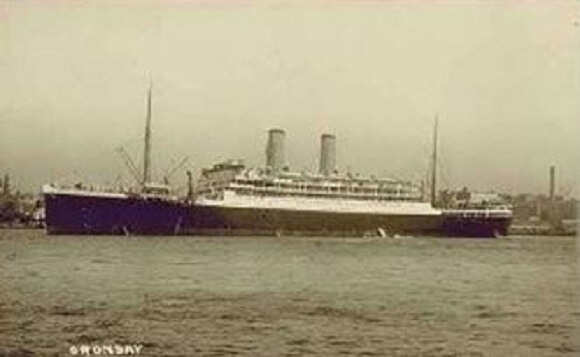
SS Oronsay (1925-1942) The SS Oronsay was a British transport ship built in 1925 by Clyde Shipbuilding and Engineering Co. Ltd. Her last owner was Orient Steam Navigation Co. Ltd.
Read More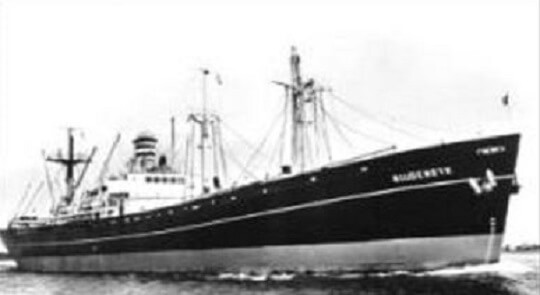
SS Samsuva (1944-1944) The SS Samsuva was a British cargo ship. Built in 1944 by New England Shipbuilding Co., Bath (USA), she was owned by the Ministry of War and Transport during her short active life.
Read More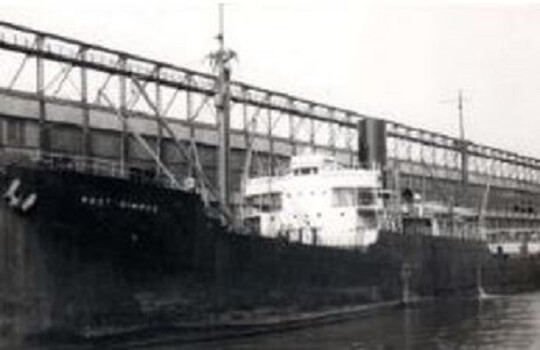
SS Bellingham (1920-1942) The SS Bellingham was an American cargo ship built in 1920 by Los Angeles Shipbuilding and Drydock Corp. in San Pedro, California. The Ship was owned by Waterman Steamship co. between 1936 and her sinking in 1942.
Read More
SS Birtley (1923-1941) The SS Birtley was a British Cargo Ship built in 1923 by Wood, Skinner and Co. Ltd. in Newcastle Upon-Tyne. The ship was owned by Burnett Steamship Co. and was travelling between London and ‘The Tyne’ when it struck a mine and sank off the East Coast of England.
Read More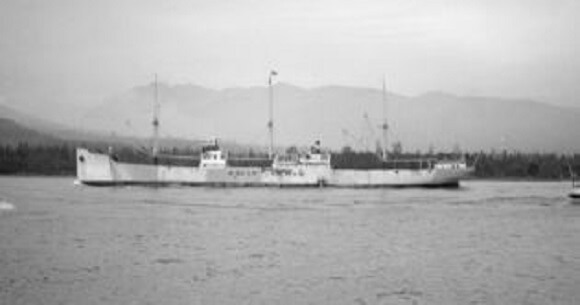
MV Sally Maersk (1923-1941) MV Sally Maersk was a Danish cargo motor vessel of 3,252 tonnes and built in 1923 as Danish Sally for A.P. Møller, Copenhagen.
Read More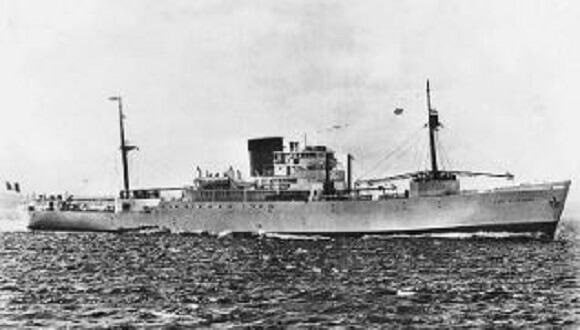
MV Fort Richepanse (1936-1941) MV Fort Richepanse was a British cargo ship built in 1936 for Moller A. P. Odense Staalskibsvaerft, Copenhagen.
Read More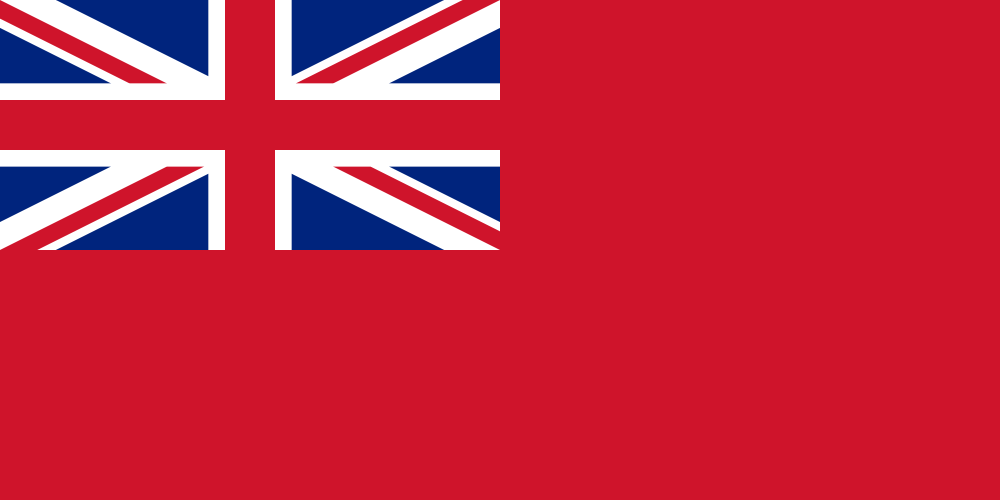
Shipwrecked Mariners’ Society Marks Merchant Navy Day to Honour Sacrifices of Country’s Seafarers People around the country are being encouraged to mark Merchant Navy Day on 3rd September to honour the brave seafarers who kept our island nation supplied and fed during both World Wars and to recognise the importance and value of modern day […]
Read More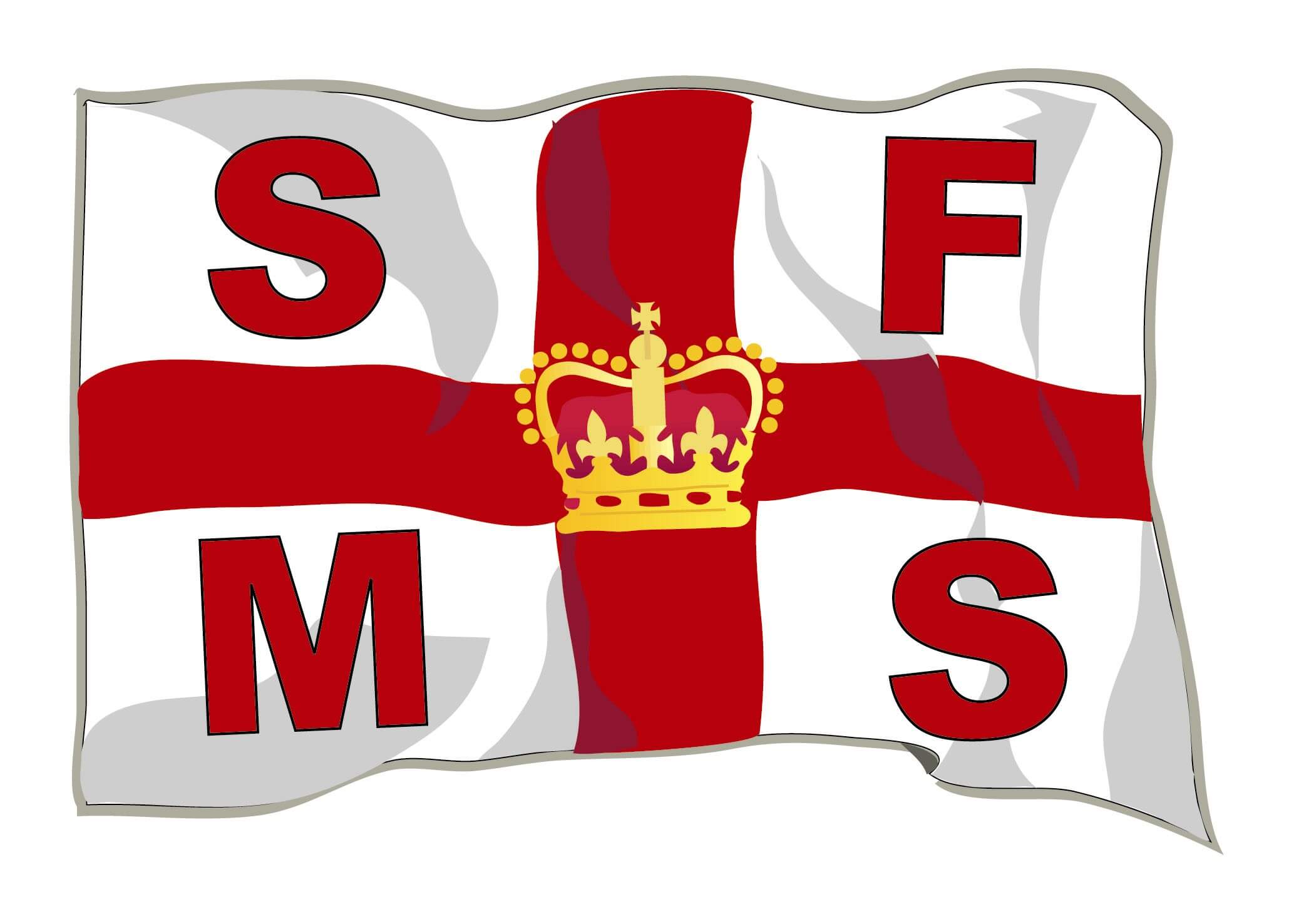
The One Hundred and Seventy Seventh Annual General Meeting of the Shipwrecked Fishermen and Mariners’ Royal Benevolent Society will be held at
Read More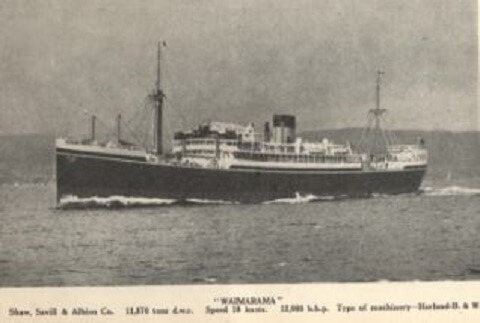
MV Waimarama (1938-1942) MS Waimarama was a British cargo ship built in 1938 by Harland & Wolff Ltd., Belfast and Glasgow.
Read More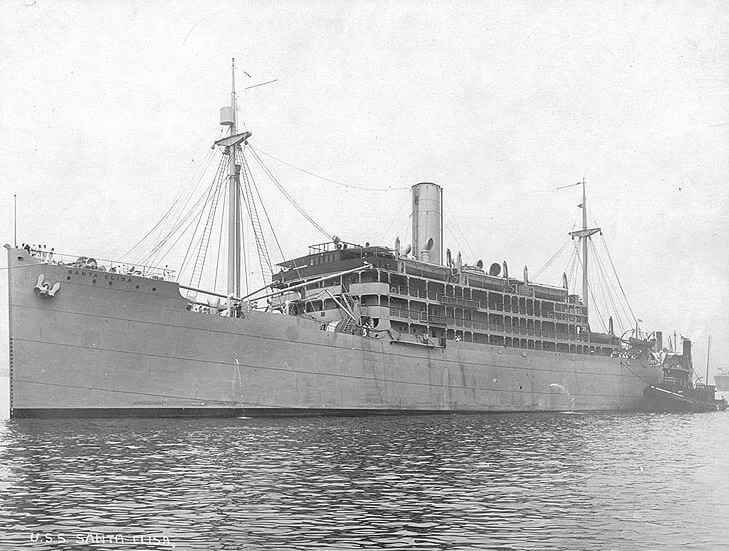
SS Santa Elisa (1941-1942) SS Santa Elisa was a refrigerated cargo ship built for the United States Maritime Commission by Federal Shipbuilding of Kearny, New Jersey.
Read More